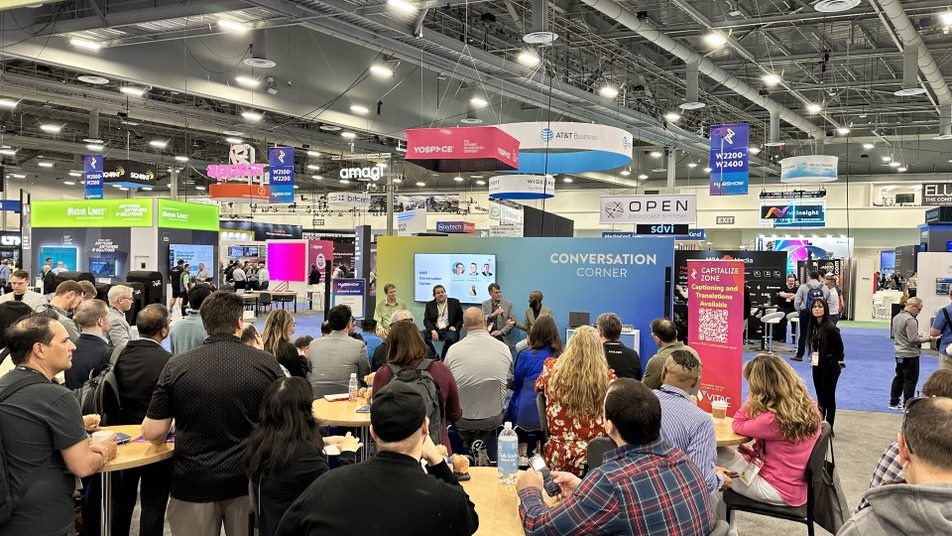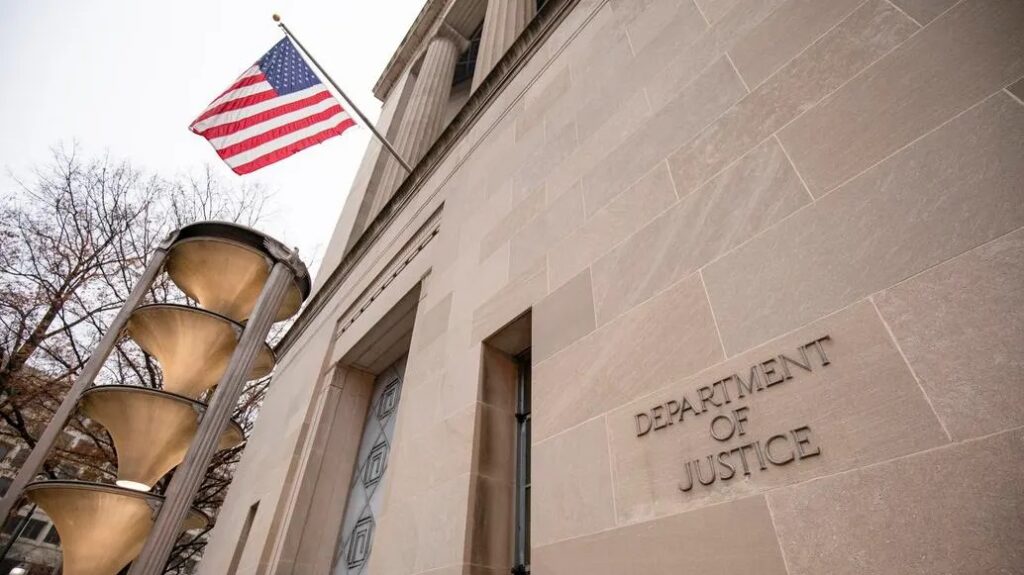If you’ve ever tried to watch a video with no sound and no captions, you know how hard it can be to understand what’s going on or fully appreciate the scope of the video’s message. This experience is what viewers who are deaf and hard-of-hearing (DHOH) face every time captions aren’t available. And according to Zainab Alkebsi, Policy Council for the National Association for the Deaf, that’s just a taste of the frustration and exclusion that the DHOH community experiences, and is why she and other advocates continue calling for increased online captioning.
Alkebsi was among the speakers at a recent Federal Communications Commission (FCC) forum on Improving Accessibility of Online Video Programming. The forum, which included panels featuring speakers from top television, cable, and online video programming distributors, accessibility advocates, and trade associations, discussed the FCC’s role in ensuring accessibility.
According to Blake Reid, counsel to TDI, the FCC already has the authority to go further in ensuring accessibility in online videos, but they are not fully exercising that authority for 21st-century advancements. As online content has become more ubiquitous, and as more and more viewers and industry leaders see online video distribution as “television,” Reid argued that the time has come to extend mandates for closed captions.
“Any day we do not take action is another day the community is missing out,” he said.
While advocates argued for more legal obligations, speakers from TV, cable, and online programming distributors and trade organizations spoke of their commitments to accessibility and their customers and the growing use of accessibility solutions both inside and outside of the disability community. This increased use by customers was said to be a driving force fueling more significant innovation and greater commitment to ensuring accessibility.
“More and more a mainstream tool,” said Google’s Head of Brand Accessibility, K.R. Liu, when speaking about the increased use of captions and the growing use of captions spurring company innovation.
Though the FCC established rules regarding internet video captioning, some online video programming falls outside of the commission’s regulatory purview but can be subject to Americans with Disability Act requirements.
Alkebsi cited the National Association of the Deaf’s landmark 2011 case against Netflix to ensure closed captioning on their streaming platform and the precedent it sets for other streaming providers. And while the case increased and continues to provide structure for moving forward with accessibility offerings in OTT streaming platforms, Alkebsi was careful to iterate that lawsuits are not a desirable means for securing accessibility for either consumers or industry leaders.
While no changes have yet been made to current FCC mandates or guidance regarding captioning, and while industry leaders and accessibility advocates may not have come to a definitive agreement about the best way to ensure accessibility in our current and future landscapes, the highlighted points across the forum included:
- The need for increased accessibility in online videos and video clips
- The need to think ahead and anticipate accessibility adaptations for new technologies
- The need for increased collaboration amongst all stakeholders
Whether or not the role of the FCC is expanded in regards to online video captions, it’s clear that increased accessibility is the way forward for a more equitable online experience for everyone. For 35 years, VITAC has been actively seeking ways to help clients, consumers, and the community stay current with − and benefit from − the latest video accessibility regulations. To stay current on all regulations and trends, subscribe to our newsletter.




